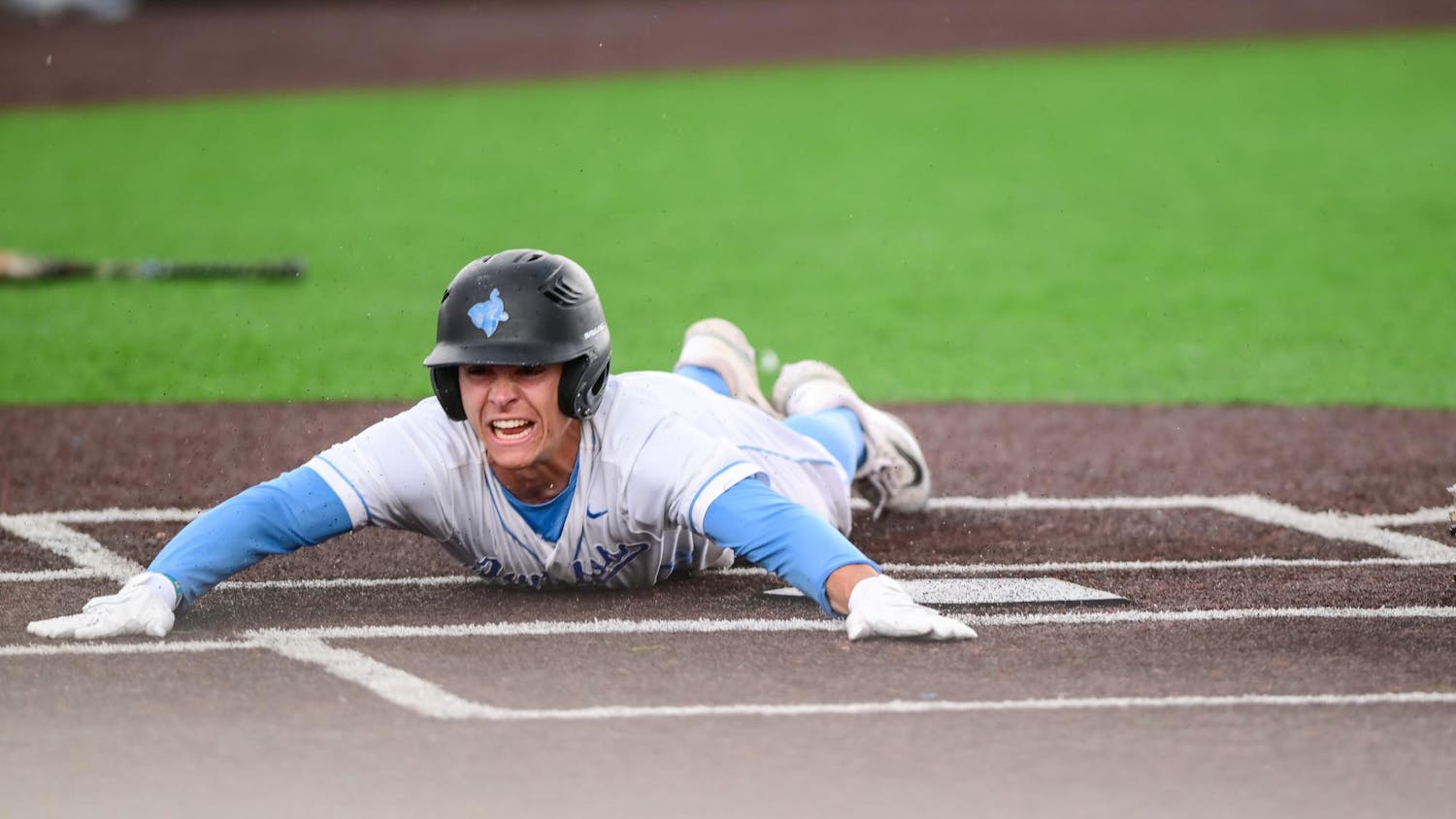The summer of 2016 signaled a time of excitement for soccer fans in Manchester, U.K. After Leicester City’s miraculous run to the Premier League title during the 2015–16 season, both Manchester City and Manchester United appointed new, world-class managers as the sides looked to rebound and mount title challenges. City named Pep Guardiola, while José Mourinho took over from Louis van Gaal at United, after a dreary two years for the Dutchman. Years earlier, the two managers were at the helm of Barcelona and Real Madrid respectively in Spain, where they formed a legendary rivalry coaching two of the best teams in the game’s history, and English fans expected a similar battle.
Fast forward three years, and City, living up to the expectations, has established itself as one of the best teams in recent memory, while United has struggled and barely limped to a sixth-place finish last season.
Where did it all go wrong for United?
For starters, it was never going to be easy for the Red Devils after the retirement of Sir Alex Ferguson — their legendary manager under whom they won 13 Premier League titles in 21 years. But even the gloomiest of United fans could not have imagined the past six years, where United has landed outside the top four more often than not. Worse still, after Sir Alex labeled crosstown rivals City as simply United’s "noisy neighbors," Guardiola’s success means that the Red Devils are still second fiddle even in their own city.
From the very start of the post-Ferguson era (CEO David Gill, responsible for all transfer activity, also left simultaneously), United lacked a real vision. It churned through managers: David Moyes, then Van Gaal (who later revealed he was never once asked about his soccer philosophy before being appointed) and finally Mourinho. It chased top available players with no strategy — breaking its transfer record for diminutive midfielder Juan Mata despite acquiring the burly 6-foot-4-inch Marouane Fellaini to play the same position months earlier. United opted for quick fixes instead of logically thinking out its rebuilding process.
City, on the other hand, granted Guardiola full autonomy, resources and time to shape the squad according to his vision of how he wanted the side to play. In his three years at the club, it has spent more money than any other club in England — as Pep got rid of the dead wood while bringing in the players he wanted. The results are evident.
Now, finally, United seems to have committed to manager Ole Gunnar Solskjaer for the long term, as he rebuilds the squad from the ground up. Ole has shown a clear strategy in the transfer market, seeking out young, athletic players.
Guardiola’s City and Jurgen Klopp’s Liverpool have established themselves at the top of the modern game, but both managers struggled in the early parts of their tenure until new players were brought in and the teams learned their new systems. While the results haven’t been there yet for Solskjaer, the Red Devils must learn from their bitter rivals and persevere with his long-term vision for the storied club.
More from The Tufts Daily





